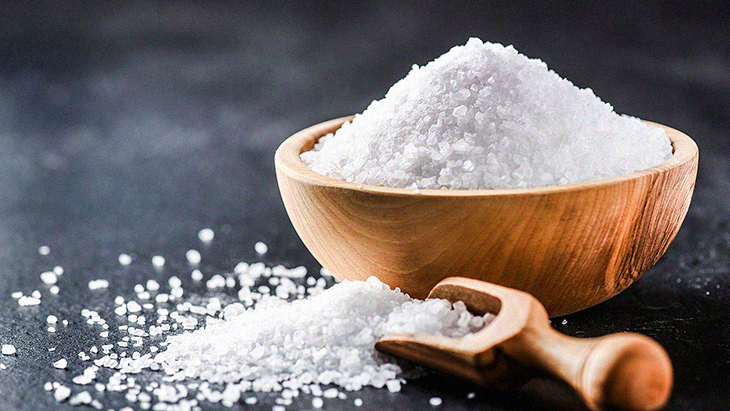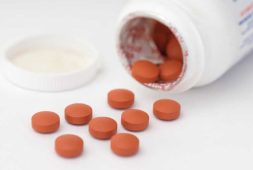AVOID ADDING SALT

Sodium is necessary to good overall health, and good muscle function. However, as has been mentioned earlier in this article, extra amounts of sodium in the bloodstream can lead to hypertension. Over a prolonged period of time, consistently having excess sodium in the bloodstream can lead to heart disease.
The question is then, “Where is all the sodium coming from?” Most of the sodium our body consumes is from salt. Salt is basically 60% sodium, 40% chlorine (sodium chloride, if you remember your chemistry).
The US Food and Drug Administration and American Heart Association peg the Recommended Daily Intake for sodium at 2,300mg/ day. They currently estimate that the average person actually consumes around 3,400 mg/ day on a normal diet.
You’re probably thinking, “I don’t eat that much salt. I don’t even put salt on my food.” That may be true, but you would still be consuming a lot of salt that is already in the food you order, the ingredients you use in cooking, the sauces, and the preserved meats. To give you a visual of it, 1 teaspoon of salt is already approximately 1,375mg of sodium. Now, imagine what 3,400 mg looks like. It does not take much to add much more extra sodium to what you’re already consuming. Be mindful of what you eat. Check the labels for how much salt is in what you buy. And if possible do not add any salt to the food on your table. If you think the taste is too bland, consider resorting to other means of adding flavor to your food. This is where herbs and spice come into the picture.



